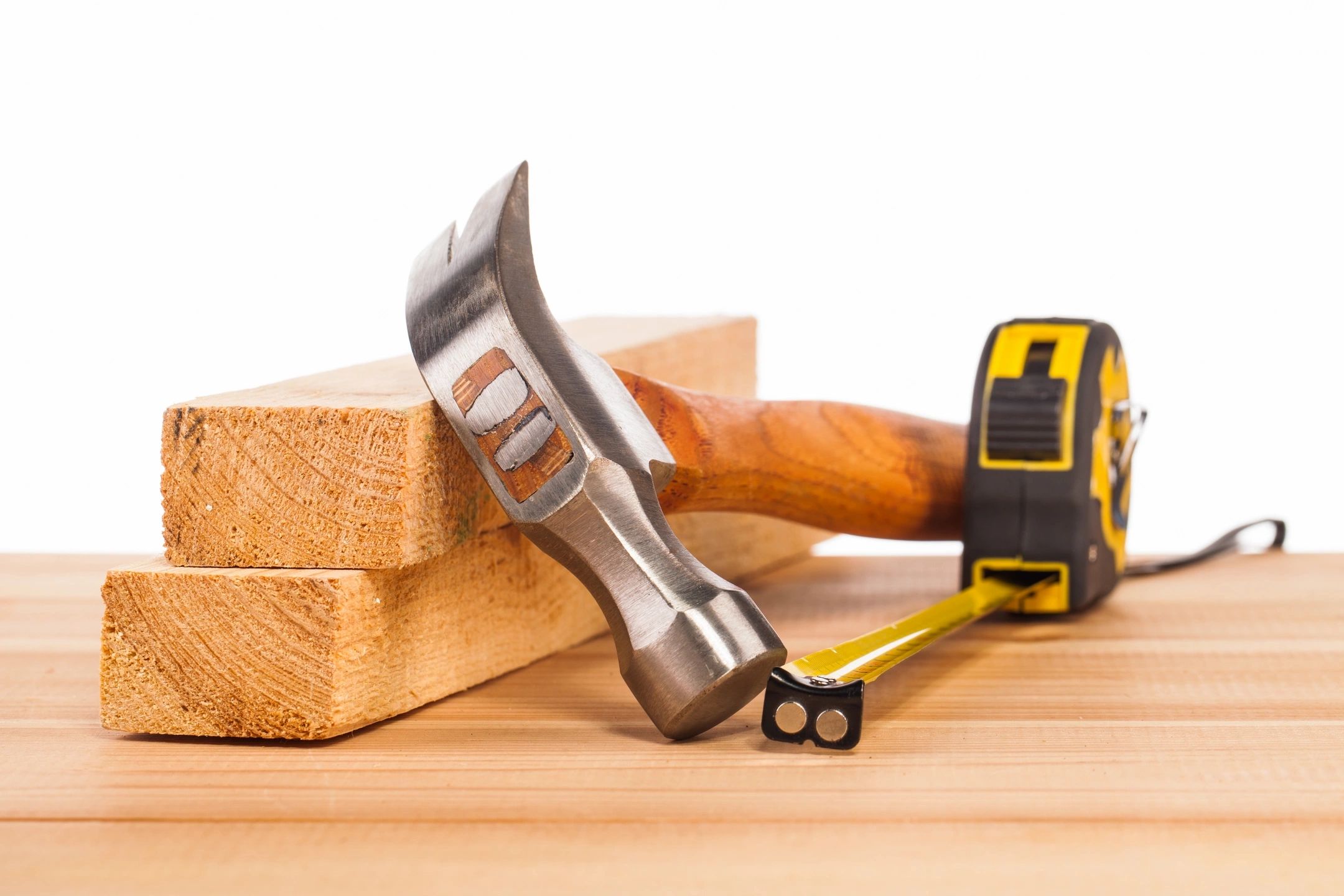Mental Health challenges amongst young adults is at an all-time high and many experts point to the fact that kids are being over-protected by parents and not allowed to step into their own ability to solve problems. An amazing way to combat this is to involve kids in home improvement projects. It can slow the process down a bit, but the payoff for their confidence is well worth it. Another aspect is that extra hands can move some projects along much quicker and when kids know they were involved in actually speeding a process up the boost to their self-esteem will be tangible.
It’s easy to read books on parenting strategies like the groundbreaking book on this topic by Dr. Daniel G. Amen and Dr. Charles Fay, but the true challenge is finding opportunities to apply these truths in daily life.
Kids don’t have enough opportunities to be involved in real problem solving
School assignments are generally paper or computer based and very controlled to the lesson at hand. This doesn’t provide opportunities for the mind of your child to engage in the kind of problem solving that almost any home improvement project comes up to. It’s great to see a parent work through what to do if a piece of baseboard is cut slightly short or to work to reset a paver that isn’t quite level on a patio. A major reason to involve kids in your simple projects is that these projects still run into complications and if they are around and engaged with the resolution, they will feel some level of power to deal with these things themselves. This will require patience (sometimes more than I have) and it could slow a project down, but this is the practical way to use the power of neuroscience to raise resilient children.
Becoming Mentally Strong starts with actually feeling useful
I have been involved in building two short fences and a paver patio with my kids and these projects all made me think of the big farming families that exist in the distant past. For the fences, my younger daughter was helping with a small nail gun (with me right next to her guiding) while my son held each plank in position. This allowed me to use my hands to ensure the nail was in place and the planks were precisely in the correct spot. This little system got us moving quickly through the installation of about 30 planks on a short front yard fence and we all felt quite pleased at the end. It honestly went much faster than I could have done it by myself or even just with my wife.
The three sets of hands, even if they were small were super helpful. It provided a first time to get hands on a project which allows them to begin to understand what it takes to see a project through. This is critical to becoming resilient children and young adults who know how to problem solve.
Types of Projects That Work for Kids
Obviously, the scale of the project needs to be right for this to work. The mental strength and patience that I am trying to generate by having my kids help is obviously not something that has much supply now. I’ve found that fences or replacing siding on a shed have been awesome for this. The kids are genuinely useful and we see a ton of progress quickly. Other items that I think fall into this category would be installing vinyl plank flooring since the kids could be staging to allow a parent to move through the placement or for an older child to actually do the placing while the parent is doing quality control.
Similarly, installing new baseboard is a great home improvement project where extra hands are tremendous and it also allows one of the kids to use a nail gun (with a parent right next to them, once again). This allows the parent to focus on positioning and the child can drive the nails. Cutting baseboard is definitely something that only a teenage child should help with, but if they are ready, this is a great next development step.
Experiences are the way to build mental strength and confidence
The major underlying theory here is that experiences are the currency for building self-confidence and resilience. In the United States, these types of experiences simply aren’t coming to kids at the same rate that they were in past generations. It takes intentional, effective parenting to create these experiences and home improvement projects provide a perfect, organic way to do this. It won’t be perfect, but its 100% worth bringing kids in to help with these items and also plant the seed for them to catch the DIY bug as adults.
All parents want to avoid power struggles and behavioral problems from children of all ages and the foundation that is required is to help build resilient children in their early years to insulate against these challenges.
By: Chris Bemis
If you like this post, check others related to this topic:
Raising Mentally Strong Kids by Helping them Understand the budget
Raising Mentally Strong Kids by Letting them Pack Their Own Lunch

